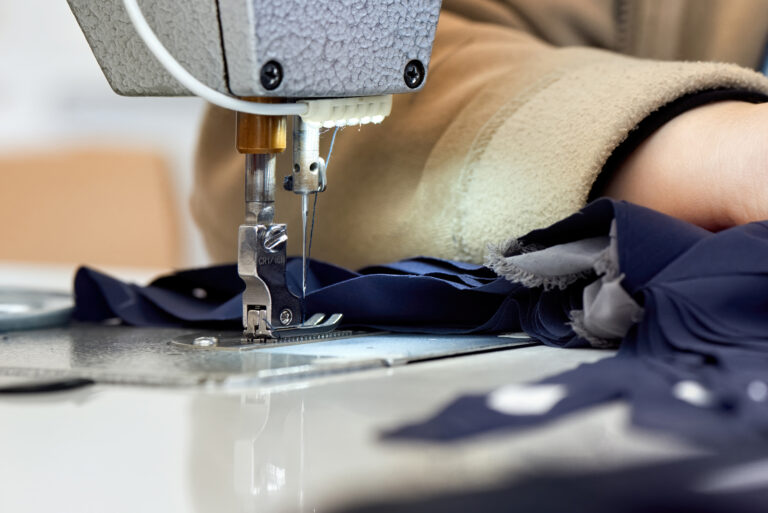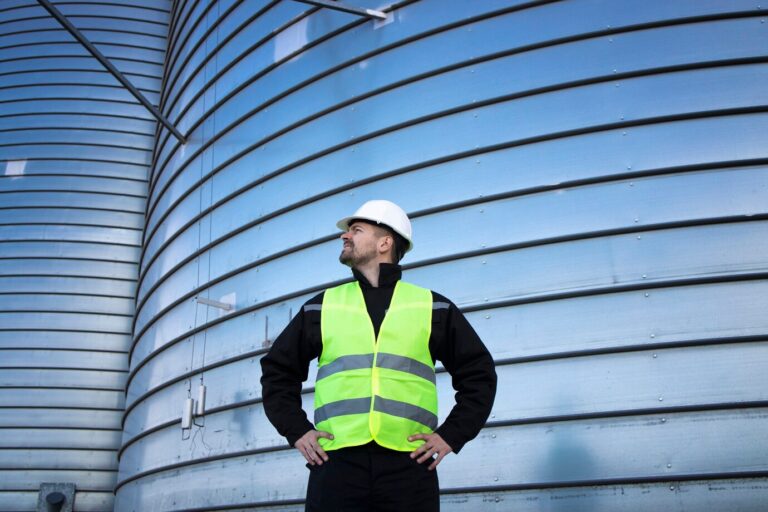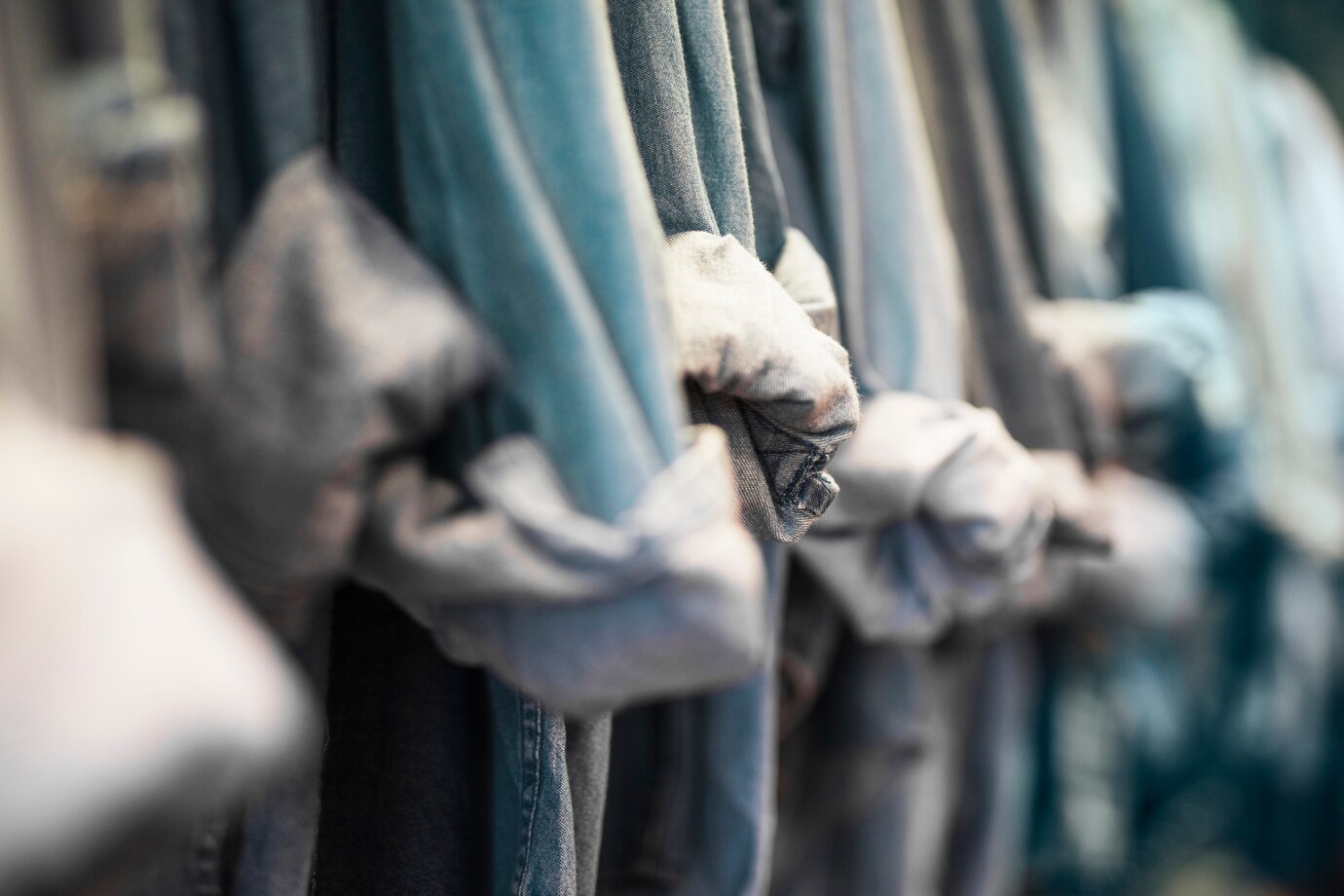The workwear industry is evolving rapidly, thanks to the latest innovations in advanced fabric technology. These technologies are not only enhancing the durability and functionality of workwear but are also addressing critical needs for comfort, safety, and sustainability. As workers face increasingly harsh environments, fabric innovation is becoming a vital part of ensuring they stay protected and comfortable on the job. Here’s a closer look at the newest trends in fabric technology within the workwear industry and how they’re shaping the future.
1. Smart Fabrics with Wearable Technology
One of the most revolutionary developments in workwear fabric technology is the integration of smart fabrics. These materials are embedded with sensors or conductive fibers that can monitor a worker’s vital signs, track movement, and even detect environmental hazards. For example, smart fabrics can alert workers to extreme temperatures or hazardous chemicals. This technology is already being used in sectors like construction and emergency response, where real-time data is critical for safety.
Imagine a work uniform that doesn’t just protect you but actively monitors your health and environment—smart fabrics embedded with sensors are paving the way for safer, more responsive workwear, tailored to meet the needs of high-risk industries.
2. Self-Cleaning and Odor-Resistant Fabrics
The development of self-cleaning fabrics has been a game-changer in workwear. Using advanced nanotechnology, these fabrics repel dirt and stains, reducing the need for frequent washing. Some materials are even designed to be odor-resistant, preventing the buildup of sweat and bacteria. This means that workers can wear their gear for longer periods without compromising hygiene or comfort, which is especially beneficial in physically demanding jobs where workers are exposed to dirt, sweat, and grime.
Thanks to advancements in nanotechnology, workwear is now available with self-cleaning and odor-resistant fabrics, keeping workers fresh and their gear cleaner for longer, even in the most challenging environments.
3. Thermo-Regulating Fabrics for Temperature Control
Extreme temperatures can pose a significant challenge for workers in industries like construction, mining, or outdoor maintenance. Thermo-regulating fabrics are designed to adapt to changing body temperatures, providing insulation when it’s cold and ventilation when it’s hot. This technology keeps workers comfortable by maintaining a balanced body temperature, which can reduce fatigue and improve productivity. Whether in freezing temperatures or under the scorching sun, these fabrics ensure that comfort doesn’t take a backseat to protection.
With thermo-regulating fabrics, today’s workwear automatically adjusts to your body’s temperature, keeping you warm when it’s cold and cool when it’s hot, ensuring maximum comfort and performance throughout the day.
4. Flame-Resistant and High-Performance Protective Fabrics
In high-risk environments, such as oil rigs or firefighting, flame-resistant (FR) fabrics are a crucial part of workwear. However, recent advancements have made these fabrics more lightweight, flexible, and comfortable, without sacrificing safety.
High-performance FR fabrics are engineered to offer superior protection against fire, heat, and electrical hazards, while also being breathable and lightweight, allowing workers to move freely and stay cool under pressure.
Flame-resistant fabrics have evolved—modern high-performance materials are now lighter, more breathable, and flexible, offering unbeatable protection against heat and flames while keeping workers comfortable and mobile in the most demanding environments.
5. Waterproof and Water-Repellent Technology
Waterproof and water-repellent fabrics are increasingly in demand, especially for workwear used in industries such as outdoor construction, agriculture, and emergency services. These fabrics now incorporate advanced waterproofing technologies like hydrophobic coatings, which allow water to bead off without soaking into the fabric. Unlike traditional waterproof materials, these fabrics are more breathable, reducing the risk of sweating and overheating.
Say goodbye to soaking wet clothes—advanced waterproof fabrics now keep you dry and comfortable in the harshest weather conditions, using cutting-edge technology that repels water without compromising breathability.
6. Antimicrobial and Antibacterial Fabrics
In work environments where exposure to harmful bacteria and pathogens is a concern, such as healthcare or food processing, antimicrobial and antibacterial fabrics are becoming essential. These fabrics are treated with special coatings that prevent the growth of bacteria, fungi, and viruses, helping to maintain hygiene and reduce the risk of infections. This technology is especially important in industries where workers need to maintain cleanliness and safety at all times.
Workwear is now more hygienic than ever, with antimicrobial and antibacterial fabrics that actively fight off bacteria and viruses, ensuring workers remain safe and protected even in environments prone to contamination.
7. Stretch and Flexibility for Enhanced Mobility
For workers who need maximum mobility, stretch fabrics are now a staple in workwear design. These fabrics are designed to stretch and flex with the body, allowing for greater freedom of movement. Whether it’s kneeling, bending, or reaching, stretch fabrics provide comfort and flexibility without compromising on durability. Additionally, these fabrics are often combined with abrasion-resistant fibers, ensuring they withstand the rigors of tough jobs while maintaining flexibility.
With the introduction of stretch fabrics, workwear now moves with you—offering unparalleled flexibility and freedom of movement while still standing up to the wear and tear of hard labor, so workers can tackle any task with ease.
8. Lightweight, High-Strength Fabrics
As workwear manufacturers focus on improving both performance and comfort, the industry is moving towards lightweight yet strong fabrics. These materials are engineered to provide maximum strength while being lightweight, making them ideal for workwear that needs to be both durable and comfortable. With advancements in high-strength fibers like Kevlar and Dyneema, workwear can now withstand extreme pressure, cuts, and abrasions without adding extra bulk or weight.
Thanks to innovations in high-strength fibers like Kevlar, workwear is now lighter and stronger than ever before, providing the durability needed for high-risk jobs without weighing workers down.
9. Eco-Friendly and Sustainable Fabrics
Sustainability is at the forefront of modern fabric technology. Many workwear brands are now opting for eco-friendly fabrics that are made from recycled or renewable sources. These materials, such as recycled polyester, organic cotton, or even bamboo, help reduce the environmental impact of workwear manufacturing. Additionally, sustainable fabrics are often treated with non-toxic finishes, making them safer for both workers and the planet.
The future of workwear is green—innovative eco-friendly fabrics made from recycled and renewable materials are making work clothes safer for workers and the environment alike, providing both performance and sustainability in one.
Conclusion: The Future of Advanced Fabric Technology in Workwear
The workwear industry is experiencing a fabric revolution, with advanced fabric technologies driving improvements in safety, comfort, and performance. From smart fabrics that monitor health to flame-resistant materials that offer lightweight protection, today’s workwear is more advanced than ever. As these technologies continue to evolve, the future of workwear looks brighter, safer, and more sustainable, ensuring that workers worldwide stay protected, comfortable, and productive.
With cutting-edge fabric technologies transforming the workwear industry, workers can look forward to clothing that not only protects and performs but also enhances comfort, flexibility, and sustainability in every job.






